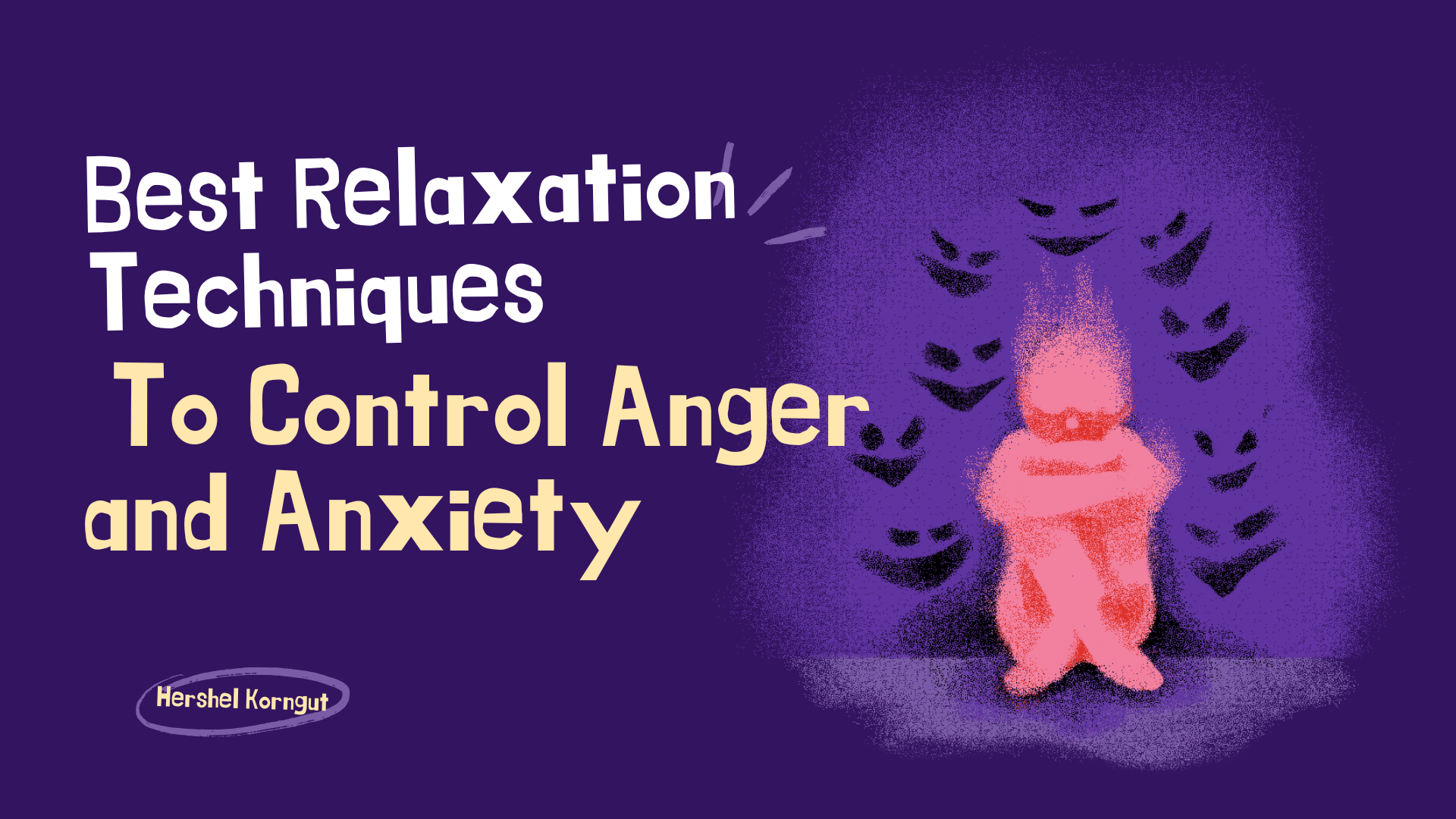In this modern world, anger and anxiety usually manifest as emotional reactions to stress, uncertainty, and frustration. They are natural and sometimes inevitable, but they turn harmful the moment they are not regulated. Being able to regulate them is an indication of emotional intelligence and helps develop mental and physical toughness. As reported by Hershel Korngut, a Certified Anger Management Specialist, individuals who master emotional responses with the help of relaxation techniques develop greater focus, discipline, and balance in life. Many proven techniques enable individuals to manage anger and anxiety and regain inner peace and clarity of the mind.
1. Deep Breathing Exercises
Deep breathing provides one of the most reliable methods for controlling anger and anxiety. As anger or fear increases, breathing grows shallow and labored, stimulating the body’s stress response. Deep, consistent breathing has the opposite effect and quiets the nervous system. One helpful technique is the 4-7-8 method: breathe in for 4 seconds, hold the breath for 7 seconds, and slowly exhale for 8 seconds. A couple of minutes of this activity decreases heart rate, relaxes muscle tension, and induces instant calm.
2. Progressive Muscle Relaxation (PMR)
Progressive Muscle Relaxation is the process of tensing and relaxing various groups of muscles throughout the body. This technique heightens physical tension awareness and helps learn how to control it. Begin from the toes and work up to the face. Physical ease is fostered in this process, which then diminishes pressure from the emotional level. Regular sessions of PMR decrease anxiety and anger stress symptoms. Hershel Korngut describes, “Tension hides in the body long before it reaches the mind. When the body relaxes first, emotional calm follows.”
3. Mindfulness Meditation
Mindfulness means full presence in the moment without judgment. This practice allows observation of thoughts and emotions without reacting. When anger appears, mindfulness helps recognize it without acting impulsively. With time, mindfulness builds self-awareness, emotional balance, and mental strength. A few minutes of daily mindfulness practice brings noticeable improvement in handling stressful situations.
4. Visualization and Guided Imagery
Visualization engages the imagination to generate relaxing scenes like a serene beach, forest, or river. The mental image diverts attention away from tension and introduces tranquility. Soft background music or voice guidance with guided imagery enhances the impact. Mind and body react to such imagined situations as they would to real ones, making this a useful relaxation aid.
5. Physical Activity and Stretching
Physical activity offers a healthy outlet for anger and anxiety. Walk, do yoga, or stretch to release tension and pump endorphins, the body’s natural mood elevators. Exercise reduces stress hormones and gives a good outlet for frustration. Yoga is movement, breath, and awareness combined, so it is one of the best relaxation tools.
6. Controlled Expression and Journaling
Suppressing emotions heightens tension and annoyance. Venting emotions in a controlled and peaceful manner results in relief. Journaling assists in working through feelings and acquiring insight. This process identifies emotional cues and patterns, decreasing the severity of anger and anxiety with time.
Conclusion
Anger and anxiety are part of life, but must never be in charge of it. Daily practice of relaxation methods like deep breathing, mindfulness, muscle relaxation, and exercise promotes control over emotions and a calm mind. According to Hershel Korngut, Certified Anger Management Specialist, discipline and awareness of self are the pillars of emotional balance. Escape from reality is not what true relaxation is; mastery over one’s response to it is. Emotional equilibrium increases from consistent practice, peaceful concentration, and an adamant commitment to guard inner peace in all situations.



